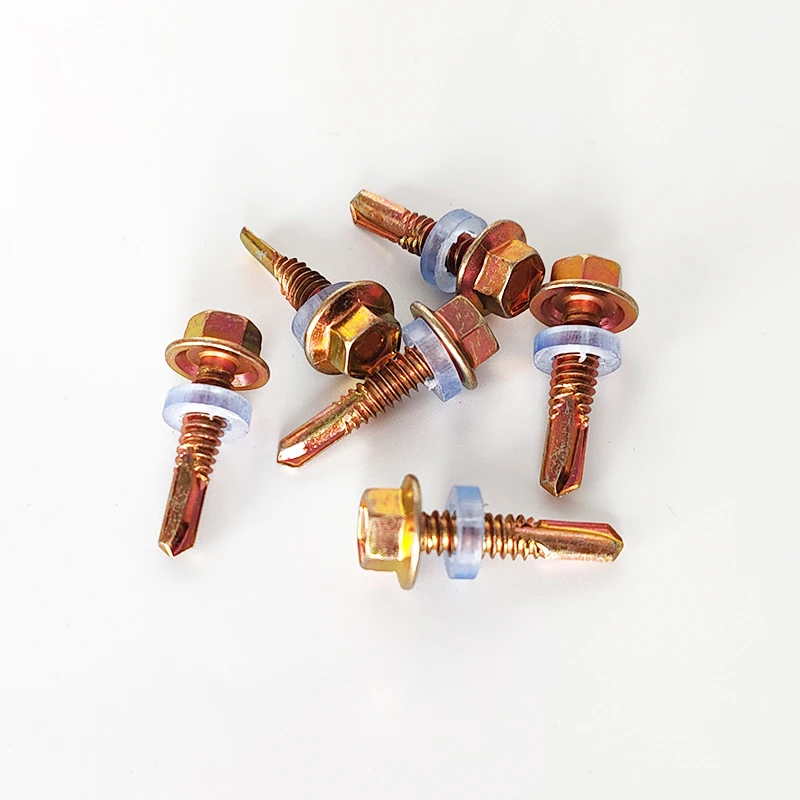chemical anchor fastener
Understanding Chemical Anchor Fasteners A Comprehensive Guide
In the realm of construction and engineering, securing structures with precision and reliability is paramount. Among the various fastening solutions available, chemical anchor fasteners have gained significant traction due to their superior performance and versatility. This article explores the fundamentals of chemical anchor fasteners, their applications, advantages, and installation procedures.
What Are Chemical Anchor Fasteners?
Chemical anchor fasteners are specialized fastening systems that utilize a combination of a resin-based adhesive and a mechanical anchor. These fasteners are increasingly employed in environments where traditional mechanical anchors may not provide the necessary strength or durability. The resin is injected into a pre-drilled hole, and once the anchor is inserted, it bonds both to the anchor and the surrounding substrate, creating a robust fixation point.
Applications
Chemical anchor fasteners are versatile and can be utilized across various applications, including
1. Concrete Structures Due to their ability to bond strongly to concrete, chemical anchors are ideal for securing heavy machinery, reinforcing beams, or attaching safety rails. 2. Masonry They work effectively in brick or block structures, where mechanical anchors may risk cracking the substrate.
3. Steel Elements Chemical anchors can also be used for connecting steel beams to concrete, ensuring a reliable bond even in dynamic loading situations.
4. Outdoor Installations With their resistance to environmental factors, chemical anchors are suitable for outdoor applications such as sign installations or mounting fixtures onto parking structures.
Advantages
The use of chemical anchor fasteners offers several advantages over traditional mechanical anchors
1. High Load Capacity Chemical anchors generally provide superior load-bearing capacity compared to mechanical anchors. This is especially true in cracked or non-homogeneous concrete.
2. Flexibility in Design The ability to adjust the bonding strength by varying the resin and hardener ratios provides designers with more flexibility for specific applications.
chemical anchor fastener

4. Corrosion Resistance Most chemical anchor systems are formulated to resist corrosion, which extends the lifespan of the fastener and the overall structure.
5. Adhesion in Difficult Situations Chemical anchors can be effectively used in wet or underwater applications, which is a significant advantage when compared to traditional anchor types.
Installation Process
Installing chemical anchor fasteners involves several essential steps to ensure optimal performance
1. Preparation The substrate should be clean and free from dust, oil, or grease. This step is crucial as contaminants can weaken the bond.
2. Drilling A hole is drilled into the substrate, using a drill bit that matches the specifications of the anchor being used. The depth of the hole must also correspond to the anchor length to accommodate the resin.
3. Cleaning the Hole After drilling, it is important to clean the hole with compressed air or a cleaning brush to remove any debris.
4. Injecting the Resin The resin is injected into the cleaned hole. The volume of resin must be sufficient to fill the annular space around the anchor.
5. Placing the Anchor The anchor is then inserted into the resin-filled hole. Care must be taken to twist while inserting to ensure optimal coverage with the adhesive.
6. Curing The resin must be allowed to cure for the recommended time period specified by the manufacturer. This step is critical as it determines the strength of the bond.
Conclusion
Chemical anchor fasteners represent a crucial advancement in fastening technology. Their high load capacity, flexibility in design, reduced risk of damage, and corrosion resistance make them an ideal choice for various applications in construction and engineering. Understanding the correct installation procedures is paramount to leverage the full benefits that chemical anchors offer. As the construction industry continues to evolve, these innovative fastening solutions will undoubtedly play a significant role in enhancing structural integrity and safety.
-
Weatherproof Plastic Expansion Anchors for OutdoorNovaĵojJun.06,2025
-
Sustainability in the Supply Chain: Eco-Friendly TEK Screws ProductionNovaĵojJun.06,2025
-
Load-Bearing Capacity of External Insulation FixingsNovaĵojJun.06,2025
-
Double Head Bolts: Enhancing Efficiency in Industrial MachineryNovaĵojJun.06,2025
-
Corrosion Resistance in Chipboard Screws: Coatings for Wholesale DurabilityNovaĵojJun.06,2025
-
Butterfly Toggle Bolts : Enhancing Structural ResilienceNovaĵojJun.06,2025
